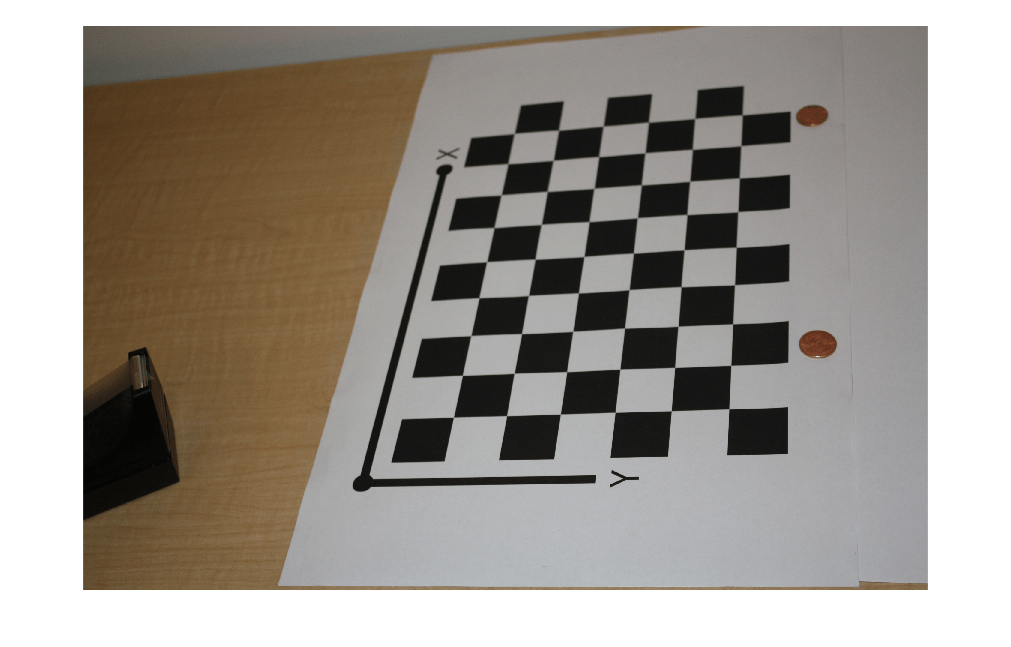worldToImage
(Not recommended) Project world points into image
worldToImage is not recommended. Use the world2img
function instead. For more information, see Version History.
Syntax
Description
imagePoints = worldToImage(intrinsics,tform,worldPoints)worldPoints into points on an
image, imagePoints. intrinsics can be
a cameraIntrinsics or a fisheyeIntrinsics
object. tform is a rigid3d
object.
imagePoints = worldToImage(intrinsics,rotationMatrix,translationVector,worldPoints)
[
also returns the indices of valid image points that are within the boundary of
the image using any of the previous syntax inputs.imagePoints,validIndex] = worldToImage(___)
[___] = worldToImage(___'ApplyDistortion',
returns the projection with the option of applying distortion. This syntax is
supported for nonfisheye camera parameters.distort)
Examples
Input Arguments
Output Arguments
Extended Capabilities
Version History
Introduced in R2016bSee Also
Apps
Functions
world2img|img2world2d|undistortImage|undistortPoints|estimateCameraParameters|estimateExtrinsics|fisheyeIntrinsics|pose2extr|extr2pose|estrelpose|estworldpose


